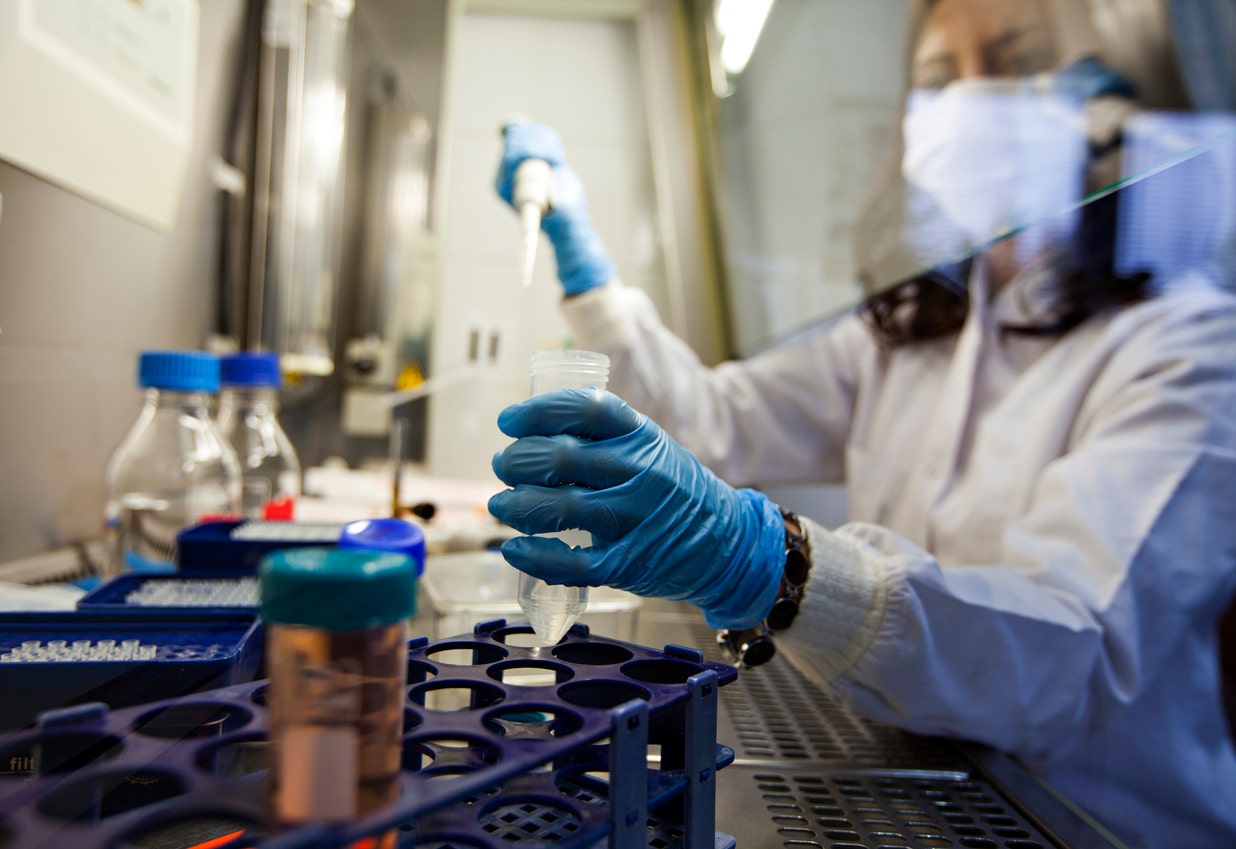The Hidden Danger: How Toxin Exposure Elevates Colorectal Cancer Risk in Young Adults
A groundbreaking study published in Environmental Health Perspectives this month reveals a disturbing link between environmental toxin exposure and rising colorectal cancer rates among adults under 50. Researchers found that chronic exposure to pesticides, heavy metals, and industrial chemicals may contribute to a 40% higher risk of early-onset colorectal cancer, prompting urgent calls for regulatory action and public health interventions.
Alarming Trends in Early-Onset Cancer Cases
Colorectal cancer, traditionally considered a disease of older adults, has seen a 50% increase among people aged 20-49 since the 1990s. The new research analyzed data from 45,000 participants across 12 countries, identifying key toxicants associated with this worrying trend:
- Pesticides: Found in 78% of high-risk patients
- Heavy metals: Including arsenic and cadmium detected in 65% of cases
- PFAS: “Forever chemicals” present in 60% of young patients studied
Dr. Elena Rodriguez, lead researcher at the Environmental Oncology Institute, explains: “What we’re seeing is a perfect storm – younger generations have faced lifelong exposure to hundreds of synthetic chemicals that previous generations simply didn’t encounter at the same levels or combinations.”
How Environmental Toxins Damage Gut Health
The study details three primary mechanisms by which toxins may trigger cancerous changes:
- Microbiome disruption: Toxins alter gut bacteria balance, creating inflammatory conditions
- DNA damage: Certain chemicals directly cause genetic mutations in colon cells
- Immune suppression: Chronic exposure weakens natural cancer surveillance systems
Notably, the research found that exposure during critical developmental periods (adolescence and early adulthood) appears particularly damaging. “The colon’s cellular structure is still maturing in young adults, making it more vulnerable to toxic insults,” notes Dr. Michael Chen, a gastroenterologist unaffiliated with the study.
Geographic Hotspots and Occupational Risks
The study identified concerning regional patterns, with agricultural workers showing 3.2 times higher risk than the general population. Other high-exposure groups include:
- Firefighters (PFAS from foam exposure)
- Manufacturing workers (industrial solvent contact)
- Urban residents near industrial zones
Mapping data revealed clusters of early-onset cases in areas with:
- Intensive farming (Midwest U.S., parts of Europe)
- Electronics manufacturing (East Asia)
- Petrochemical production (Gulf Coast, China)
Prevention Strategies and Policy Implications
While complete toxin avoidance proves impossible in modern life, researchers recommend practical risk-reduction measures:
- Choosing organic produce when possible (reduces pesticide exposure by up to 80%)
- Installing water filters certified to remove heavy metals
- Advocating for workplace safety improvements
Public health experts emphasize the need for systemic change. “This isn’t just about individual choices – we need stronger regulations on chemical testing and disclosure,” argues environmental health advocate Theresa Wong. “Currently, less than 1% of commercial chemicals undergo thorough safety evaluation for cancer risk.”
The Road Ahead: Research and Awareness
Scientists call for expanded biomonitoring programs to track population-level toxin exposure and its health impacts. Meanwhile, medical professionals urge earlier screening for high-risk young adults, as current guidelines typically start at age 45.
As research continues, one message rings clear: “The rising tide of young-onset colorectal cancer isn’t random bad luck – it’s a preventable public health crisis,” concludes Dr. Rodriguez. “Understanding environmental contributors gives us power to reverse this trend through knowledge, policy, and innovation.”
Call to Action: Concerned citizens can support the Environmental Defense Fund’s campaign for stricter chemical safety laws or consult the Environmental Working Group’s database to assess local exposure risks.
See more WebMD Network



